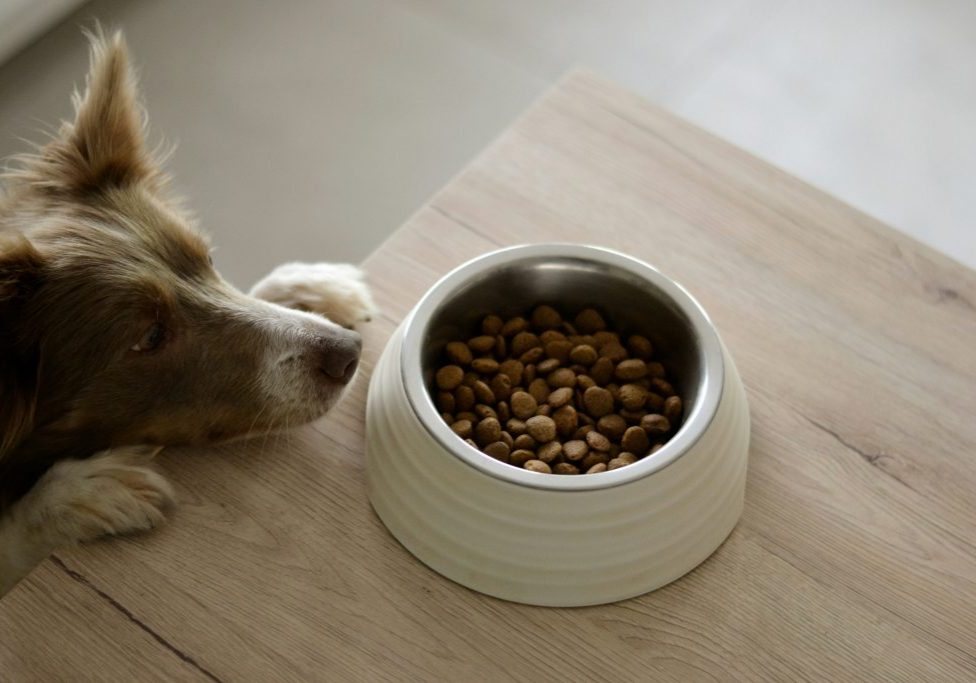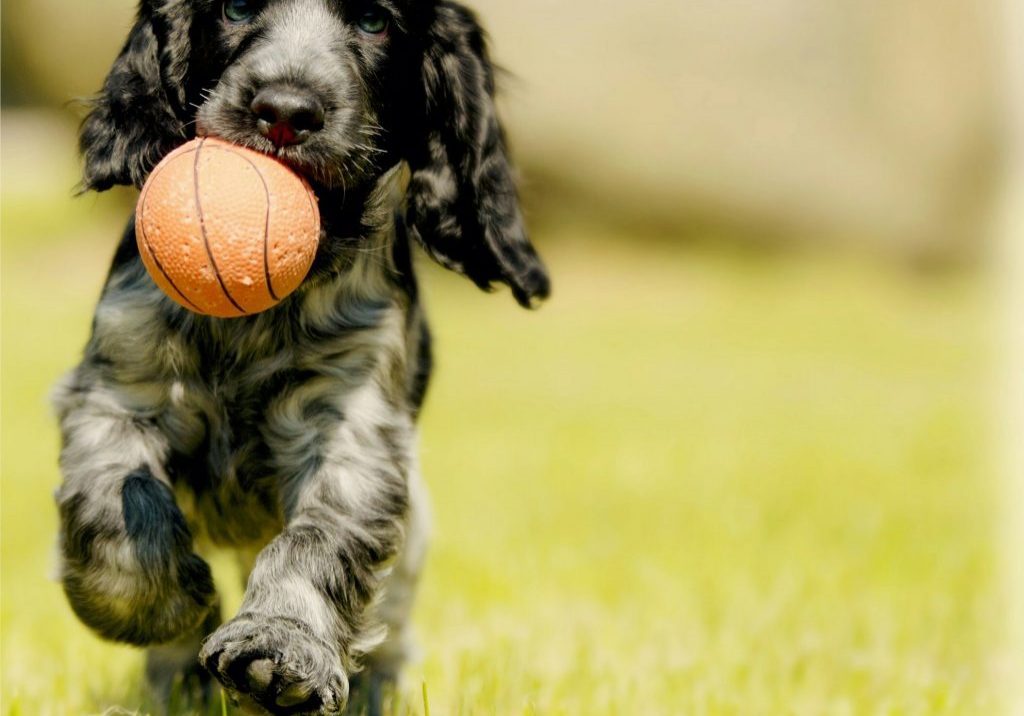What To Feed Your Puppy

hwllo-sniffer.co.uk/what-to-feed-your-puppy
December 4, 2024
Sniffer_Admin
Choosing the right food for your puppy is one of the first major decisions you’ll make as a new pet owner. Puppies grow at an incredible rate, and their nutrition needs are very different from those of adult dogs. Getting their diet right is essential for healthy development and setting the foundation for a long and happy life.
If you’re unsure where to start, don’t worry—we’ve got you covered. Here’s everything you need to know about feeding your puppy.
Puppy-Specific Food: Why It Matters
Puppies require a diet that supports their rapid growth, high energy levels, and developing bodies. That’s why standard dog food won’t cut it. Look for food specifically designed for puppies, as it contains the right balance of proteins, fats, vitamins, and minerals to support healthy development.
For larger breeds, you might need puppy food tailored to their unique needs. Some breeds grow faster than others and require carefully balanced nutrition to avoid issues like joint problems later in life.
Pro Tip: Stick with high-quality brands that list real meat as the primary ingredient. Avoid foods loaded with fillers or artificial additives.
Wet, Dry, or Raw: What’s Best?
The choice between wet, dry, or raw food often comes down to personal preference and what works best for your puppy.
- Dry Food (Kibble): Convenient, easy to store, and great for dental health, as it can help reduce plaque buildup.
- Wet Food: Higher in moisture content, which is excellent for hydration. Many puppies find it more palatable, but it can be messier and more expensive.
- Raw Food Diet: Some owners swear by raw diets for their nutritional benefits, but they require careful preparation to ensure they’re balanced. Consult with your vet before starting a raw food plan.
A combination of wet and dry food can offer the best of both worlds—flavour and crunch!
How Much Should You Feed?
Puppies have small stomachs but big appetites, so they need frequent, smaller meals throughout the day. Most puppies do well with three to four meals per day up until six months of age, after which you can reduce it to two meals daily.
Portion sizes will depend on your puppy’s age, weight, and breed. Check the feeding guidelines on your chosen puppy food, but don’t be afraid to adjust if your puppy seems too hungry or starts putting on too much weight.
Treats and Snacks
Treats can be a fantastic training tool and a way to reward good behaviour, but moderation is key. Overindulging your puppy with treats can lead to weight gain or spoil their appetite for nutritious meals.
Look for healthy, puppy-safe treats, and make sure they don’t account for more than 10% of your puppy’s daily calorie intake.
Foods to Avoid
Not all human foods are safe for dogs, and some can be downright dangerous. Keep the following off-limits:
- Chocolate
- Grapes and raisins
- Onions and garlic
- Avocado
- Cooked bones
- Foods containing xylitol (a sugar substitute found in some gum and sweets)
If you’re ever unsure, err on the side of caution and consult your vet.
Transitioning to a New Food
If you’re planning to switch your puppy’s food, do so gradually over a week to avoid upsetting their sensitive stomach. Start by mixing a small amount of the new food with their current food, gradually increasing the ratio of the new food each day until it fully replaces the old.
Keep Fresh Water Available
No matter what food you choose, always provide your puppy with fresh, clean water. Puppies are active and need to stay hydrated throughout the day.
When in Doubt, Consult Your Vet
Every puppy is unique, and their dietary needs can vary based on their breed, size, and overall health. If you’re ever uncertain about what to feed your puppy, your vet is your best source of advice. They can recommend specific foods and portion sizes tailored to your puppy’s needs.
Feeding your puppy is about more than just satisfying their hunger—it’s about giving them the nutrients they need to thrive. With the right food, schedule, and a little bit of love, you’ll set your furry friend up for a healthy start in life.









